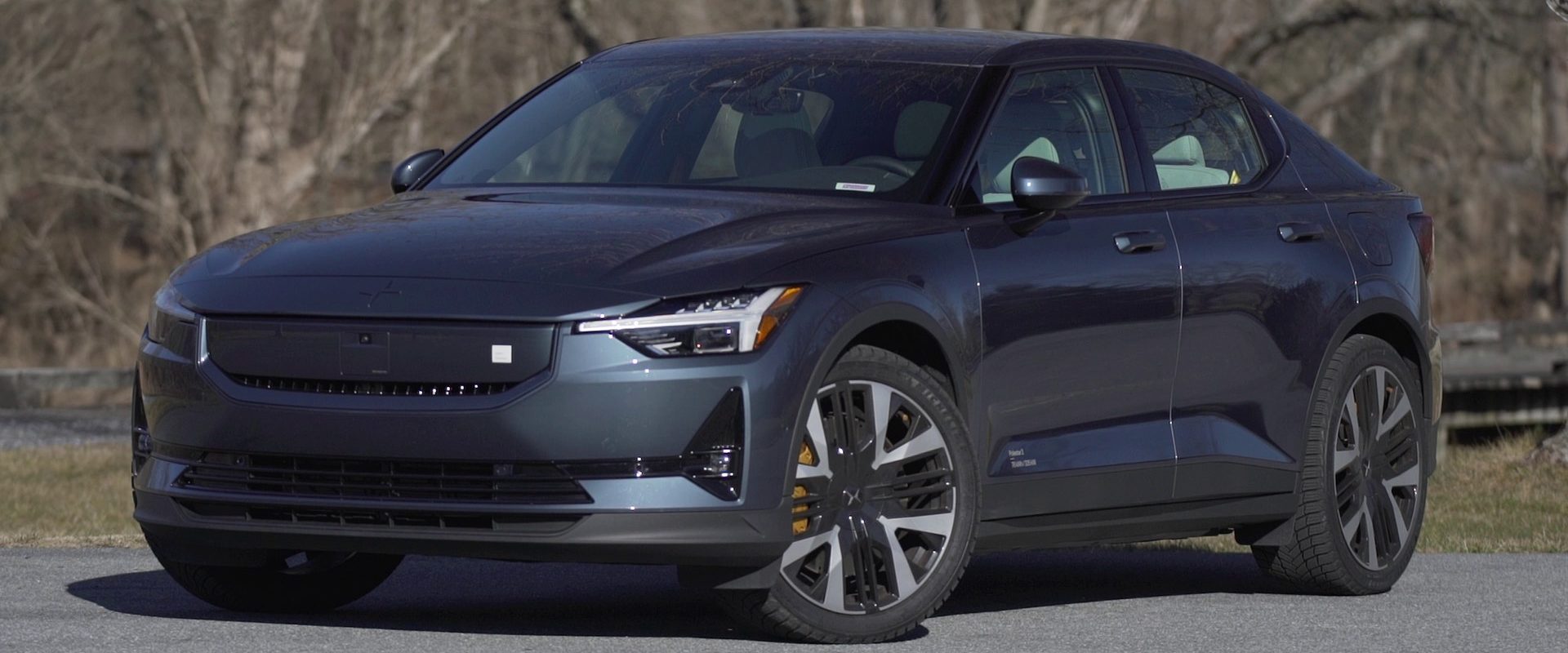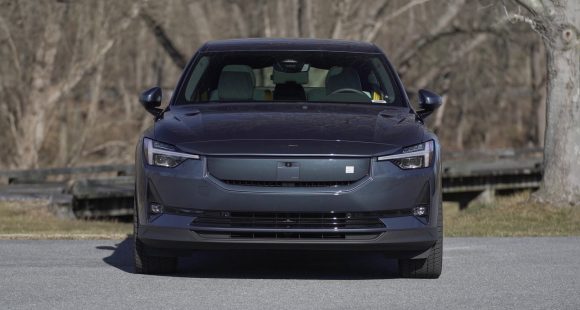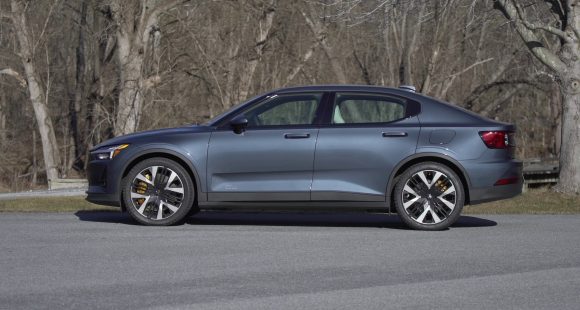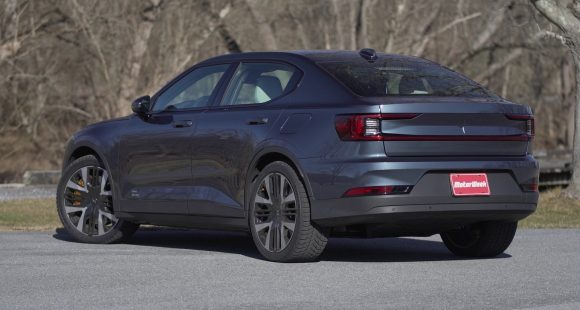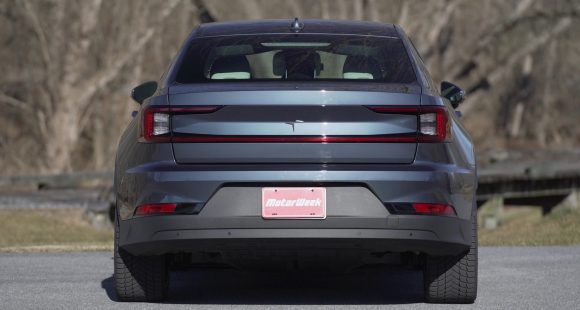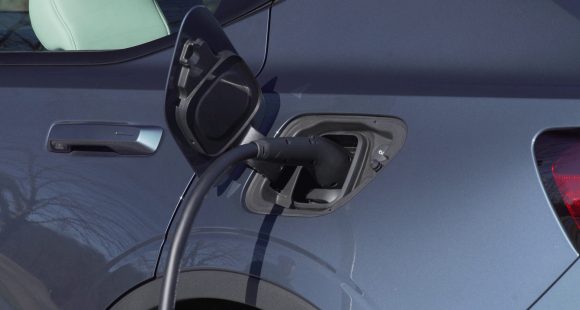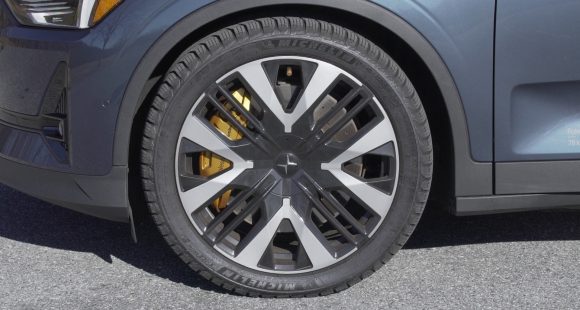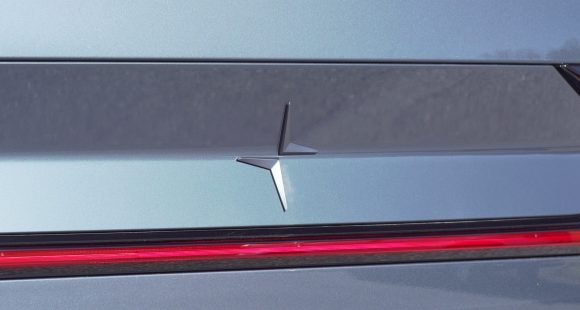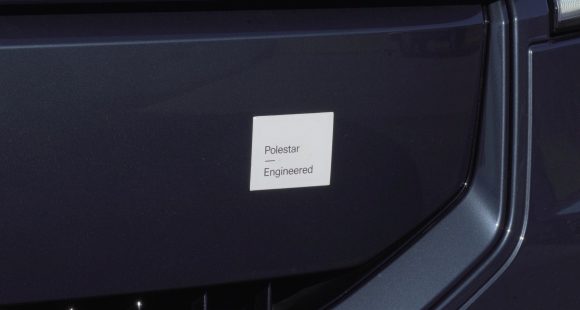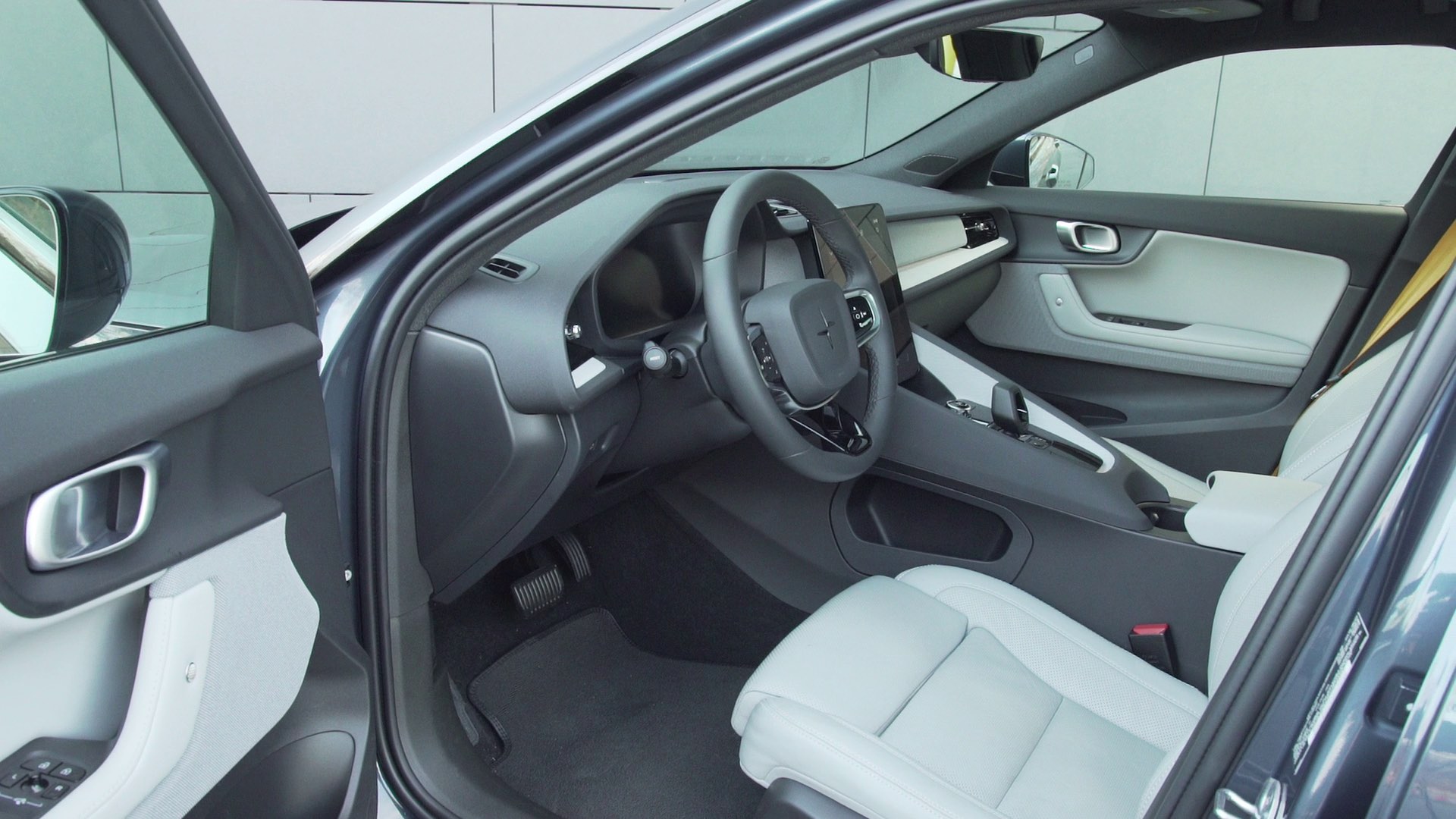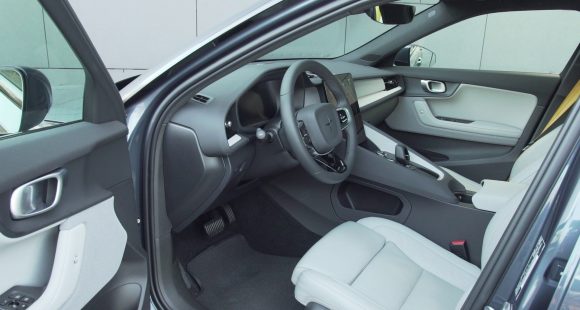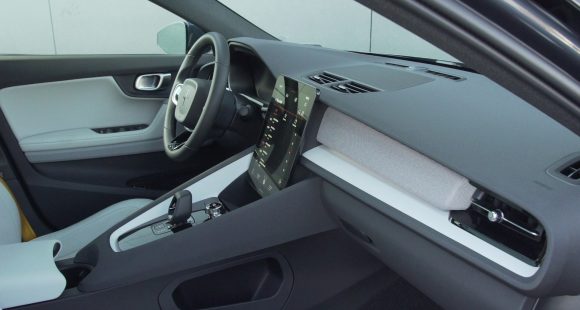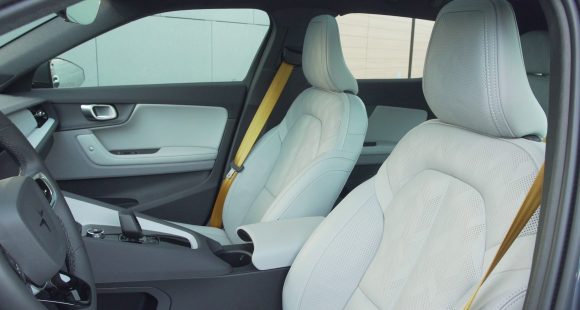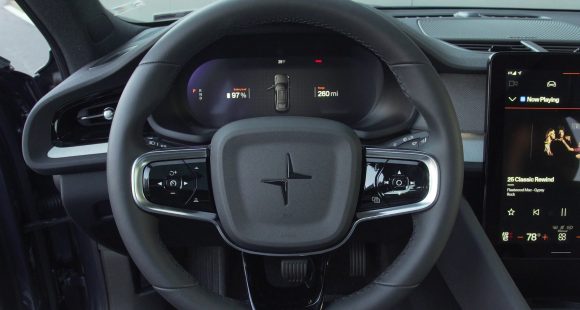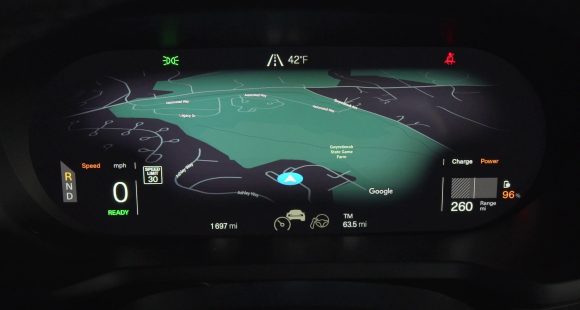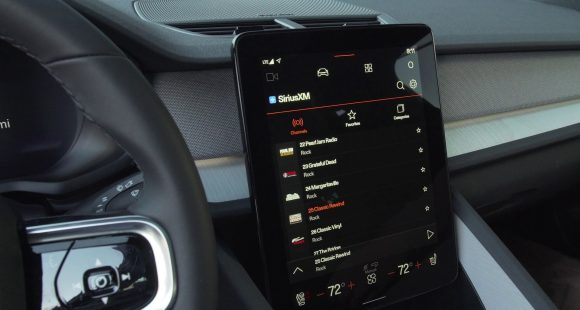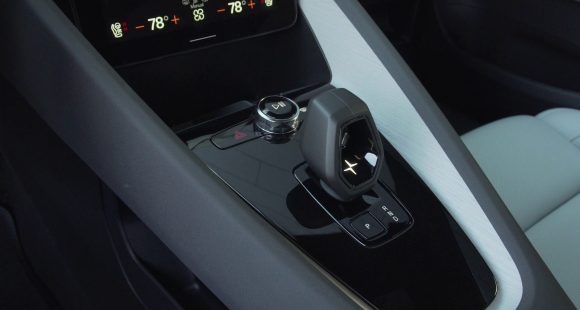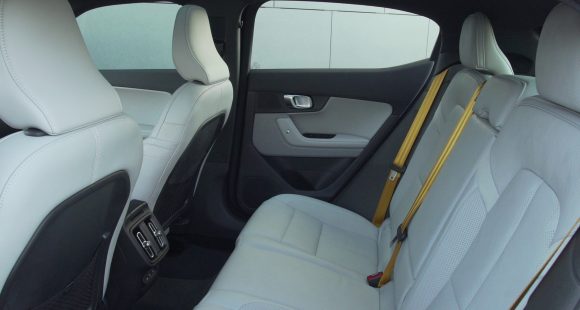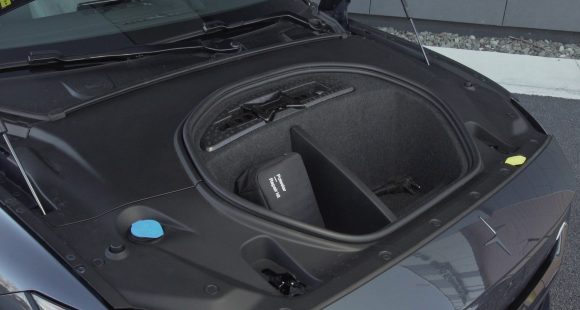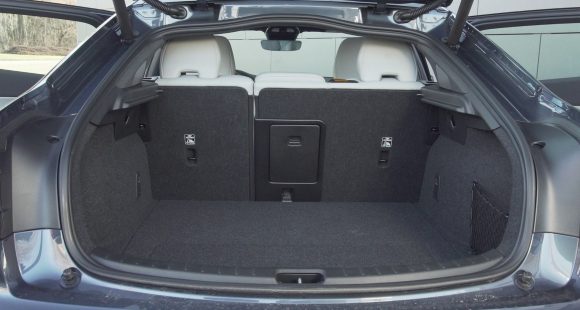2018 Chevrolet Equinox
With crossover utility sales being what they are, you shouldn’t be surprised that the Equinox has long been Chevrolet’s best-selling vehicle that’s not a pickup truck; even though it hasn’t really changed that much since its gen 2 redesign for 2010. Well, an all-new 3rd generation has finally arrived. So let’s find out if it will signal continued four-season success for Chevrolet.
When the Chevrolet Equinox first arrived for 2005, it was GM’s answer to what Honda and Toyota had started in the late 90’s with the CR-V and Rav4; and what has become one of the most popular of all vehicle segments, the compact crossover. And it didn’t take long for the Equinox to get right in the mix for sales, even beating both rivals on occasion.
But that segment is much different now, with more modern rides, and many more of them. So, the all-new 2018 Equinox is well timed.
 Getting on board with the GM weight loss plan means it’s about 400–lbs. lighter than before, and you do feel it.
Getting on board with the GM weight loss plan means it’s about 400–lbs. lighter than before, and you do feel it.
It looks smaller too, and indeed it is, by about 5-inches in length; yet with more efficient packaging, overall passenger volume is actually up, with cargo room about the same.
There’s 29.9 cu-ft. of space behind the rear seats, with a max of 63.5. The seat-folding design is much improved; it’s easier to use and allows for a flatter load floor.
Up front, the driver enjoys a fairly high seating position with good visibility, and pronounced comfort from the back and lower cushions.
Rear seat room is plentiful for a compact ute, and seat comfort is equally good. All techno goodies you might need are available on either a 7 or 8-inch MyLink touchscreen. Available safety includes automatic braking.
But, you’d better like small displacement turbo engines, as that’s all that now powers this Equinox.
This 1.5-liter I4 is standard, with 170-horsepower and 203 lb-ft. of torque; connected to a 6-speed automatic transmission. A 252-horsepower 2.0-liter I4 with a 9-speed automatic is the upgrade, and keeps max towing at 3,500-lbs.
 But, most interesting, is a 137-horsepower 1.6-liter I4 turbo-diesel, arriving shortly after launch; a first for the segment.
But, most interesting, is a 137-horsepower 1.6-liter I4 turbo-diesel, arriving shortly after launch; a first for the segment.
Front drive is standard, with a new selectable all-wheel-drive system available, that fully disconnects the rear axle when appropriate to boost efficiency.
Government Fuel Economy Ratings for the all-wheel-drive 1.5-liter are 24-City, 30-Highway, and 26-Combined. We averaged a very good 28.0 miles-per-gallon of Regular. For an average Energy Impact Score of 12.7-barrels of yearly oil use, and 5.6-tons of CO2 emissions.
Despite the lower weight and smaller engine, the Equinox still drives stable and comfortably, and everything feels a bit more responsive than before.
Even at the higher speeds of our slalom course, it didn’t feel cumbersome at all; displaying only moderate hints of both over and understeer, with minimal computer intervention.
Things weren’t quite as thrilling in the straight line, however. There’s not much in the way of guts off the line, taking us 8.7-seconds to hit 60, or more than a second slower than the CR-V. Engine noise is, however, well-subdued for a 1.5-liter turbo.
 The lack of urgency is consistent throughout the 1/4, accompanied by momentum-killing shifts from the 6-speed auto.
The lack of urgency is consistent throughout the 1/4, accompanied by momentum-killing shifts from the 6-speed auto.
Eventually, the ¼-mile ended in 16.7-seconds at 84 miles-per-hour. Note, an Equinox with the 2.0T and 9-speed more than levels the playing field.
A slight increase in base price over last year puts an Equinox L at $24,525. Top level Premier starts just over 30.
Leaner, but certainly not meaner; the 2018 Chevrolet Equinox has gotten itself into fighting shape, ready to battle it out with all comers in the compact crossover segment. Fully modernized with all-turbo powertrains, more functional interior, and up-to-the-minute tech options; this Equinox does indeed signal more seasons of success for Chevrolet.
Specifications
- Engine: 1.5 liter
- Horsepower: 170
- Torque: 203 lb-ft.
- 0-60 mph: 8.7 seconds
- 1/4 mile: 16.7 seconds @ 84 mph
- EPA: 24 mpg city / 30 mpg highway,
- Energy Impact: 12.7 barrels of oil/yr
- CO2 Emissions: 5.6 tons/yr
2024 Polestar 2
More Range And More Power For The Polestar 2
Volvo is well on their way to making the transition to an all-electric brand, but their sister-brand Polestar is already there. Now, we’ve spent lots of time in their all-wheel drive, five-door Polestar 2, having tested it in 2021, and a year later when a two-wheel drive version arrived. But, EV updates are coming quickly. So, let us be your guide for all that’s new with the Polestar 2.
While we are driving more EVs than ever, we’ve also been spending a lot of time recently circling back to ones we’ve previously tested. As in this new era of electrified vehicles, significant updates are arriving quickly, with R&D investments increasing and retrofitting them easier than ever. This is often done through software updates that can even be accomplished over the air. For 2024, the Polestar 2 has indeed gotten some software updates, but some physical ones as well.
Clearly aimed directly at Tesla’s Model 3 when it arrived; the Polestar 2’s build quality was vastly better, but range definitely came up short. So, addressing that was priority No. 1; and for ’24 the Polestar can travel up to 20% farther than before while consuming 9% less energy, and when it comes time to charge it back up, it can do that 34% faster too.
Range in the Single Motor version increases from a max of 270 to 320 miles thanks to a larger 82-kWh battery pack, and that solitary motor now powers the rear wheels, not the front wheels. It’s also bigger, coming in at 220 kW compared to the previous 170 kW front-wheel drive version, going from 231 to 299 horsepower.
Dual Motors keep the same 78-kWh battery, but still sees a boost from 260 to 276 miles and takes advantage of the larger rear motor for a new combined 310-kW output with 421 horsepower. Our test car has the added Performance Pack, which uses an additional 35 kW to deliver 455 horsepower and 546 lb-ft of torque, though max range drops to just 247 miles.
The new battery in rear-drive 2s will also charge faster, now accepting up to 205 kW for an 80% charge in 20 minutes; max for dual-motors stays at 155 kW, which puts an 80% charge at 34 minutes. Using 32 kWh of electricity per 100 miles, the Dual Motor earns a good efficiency rating.
The [Polestar] 2 has always been one of the most enjoyable EVs to drive, even more so now with that additional power coming from the rear motor.
Unfortunately, extremely cold temperatures kept us from seeing that increased range, as we were only on pace for about 194 miles in our test.
The 2 has always been one of the most enjoyable EVs to drive, even more so now with that additional power coming from the rear motor. And especially when equipped with the Performance Pack as it not only includes more power, but adds 20-inch forged wheels, upgraded brakes, and adjustable Ohlins Dual Flow Valve performance dampers. It greatly improves handling prowess without affecting ride quality, and is easily worth the $5,500 charge if you at all enjoy driving.
Even on a 20-degree track day there was plenty of grip through our handling course. No understeer or oversteer, and lots of feedback through the wheel. There was a nice, strong launch off the line that properly planted us firmly in the seat, and rocketed us to 60 in 4.5 seconds. Power delivery stayed pretty intense up until about 80 mph when there was a definite tapering off. Still, it was a 13.4-second quarter-mile at 102 mph; smooth, quiet, and stable the whole way.
When this car debuted, its Google-based infotainment setup was a novelty, but since then, more and more manufacturers are just “Googling it” so it doesn’t seem out of place at all. The wireless phone charger is easy to access, and there’s a great Harmon/Kardon sound system and panoramic sunroof to enhance the in-cabin experience. Exteriors have also been enhanced with a smooth grille insert and new wheel choices.
Hatchback practicality means 14.3 cu-ft of easy to access cargo space with split-folding seatbacks for longer items and expanding the space to 38.7 cu-ft. Plus, there’s even a sizeable storage bin up front under the hood.
Single Motor Polestar 2 pricing now starts at $51,300, with Dual Motors starting at $56,700; topping out at $64,400.
For a car manufacturer that hasn’t even been around for a decade yet, Polestar has kept itself busy, totally transforming their latest model in just a few years, making the 2024 Polestar 2 even more appealing. They are certainly off to a good start, and with a host of Polestars just over the horizon, including some all-important utility vehicles, this star will be shining even brighter.
Specifications
As Tested
- Motor Setup: Dual Motor
- Horsepower: 455
- 0-60 mph: 4.5 seconds
- EPA Range: 247 miles
- Efficiency : 32 kWh / 100 miles
- Battery Size: 78-kWh
- Torque: 546 lb-ft
- 1/4 Mile: 13.4 seconds at 102 mph
- MW Test Loop: ~ 194 miles
- Peak Charging Rate: 155 kW







